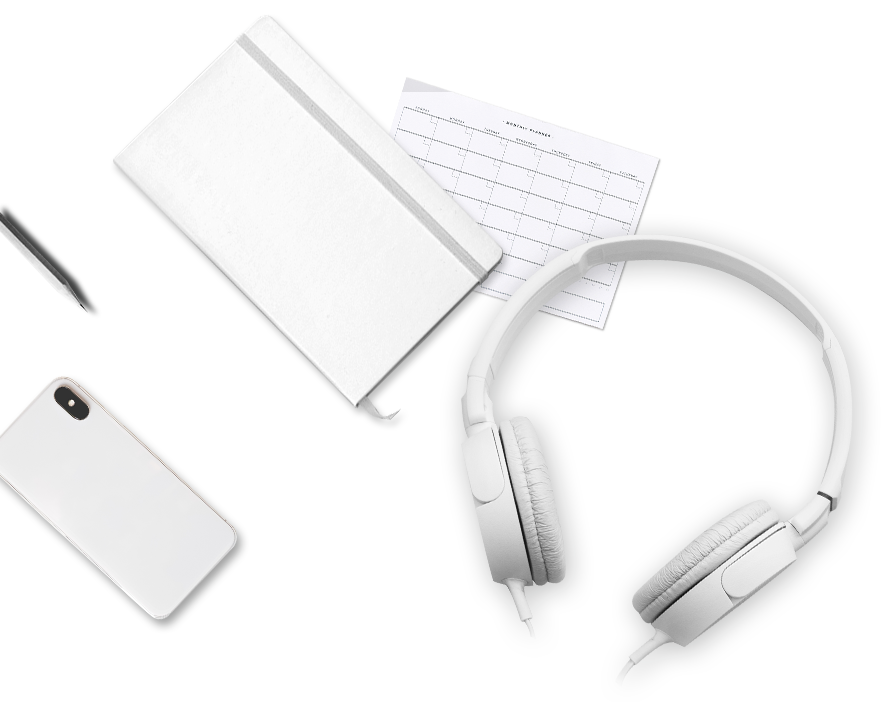Let's learn how to use Korean grammar "V + 았 / 었으면 좋겠다" with conjugation rules and some simple real-life examples.
V + 았 / 었으면 좋겠다 [Korean Grammar]
USE:
V + 았 / 었으면 좋겠다 grammer is very useful expressing a hope, desire, or wish about something.
It is equivalent to "I wish (something had happened)" or "It would be nice if…" in English.
This pattern is used to express the speaker's hope or speaker's wish that the result would be different from reality.
"았/었으면 좋겠다" → Past tense + wish/hope → But used for present/future hopes.
Brief Hindi Explanation -
"V + 았/었으면 좋겠다" का मतलब है:
"ऐसा हो तो अच्छा रहेगा"( Eisa ho toh aacha rahega )
CONJUGATION RULE:
V + 았 / 었으면 좋겠다 grammar is used with verbs. The first step of ‘V + 았 / 었으면 좋겠다' conjugation is to remove ‘다’ from the basic form of the verb, Then you add 았 / 었으면 좋겠다 to the verb stem.
If verb stem ends is ㅏ or ㅗ you add - 았으면 좋겠다 ( 가다 - 갔으면 좋겠다)
For all other verbs stem add - 었으면 좋겠다. ( 먹다 - 먹었으면 좋겠다 )
EXAMPLE:
1. 내일 날씨가 좋았으면 좋겠다. (I wish the weather would be nice tomorrow.)
EXAMPLE SENTENCES:
- 친구가 빨리 왔으면 좋겠어요.
I hope my friend comes soon.
- 그 사람을 만났으면 좋겠어요.
I hope to meet that person.
- 더 많은 한국어를 배웠으면 좋겠어요.
I wish I had learned more Korean.
- 내가 이 사실을 빨리 알았으면 좋겠다.
I wish I had known this fact earlier.
ADDITIONAL NOTES:
You can use the negative form by adding 지 않았으면 좋겠다.
비가 오지 않았으면 좋겠다.
I hope it doesn’t rain.
시험이 어렵지 않았으면 좋겠어요.
I hope the exam isn’t difficult.

